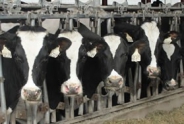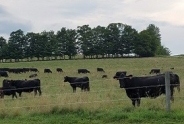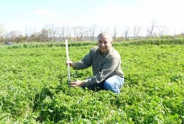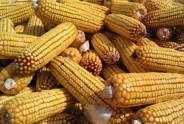Field Crop Update June 30, 2022
Erik Smith, Area Field Crop Specialist/Team Leader
Central New York Dairy and Field Crops
Click to see the latest Oneida County Scouting Report, Northwest NY Crop Alert, Southwest NY Field Crop Chronicle, Capital Area Ag Report, and New York State IPM Weekly Field Crops Pest Report (cornell.edu)
1. Field Observations
Insect pest pressure is still relatively low in all crops, but keep an eye on soybean aphid in untreated beans.
Economic damage threshold is 250 aphids/leaf (average of 20-30 plants) and increasing between early flower and early pod fill (R1-R5).
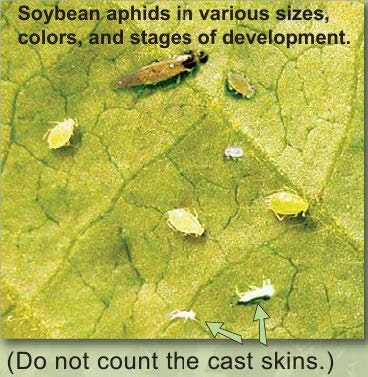
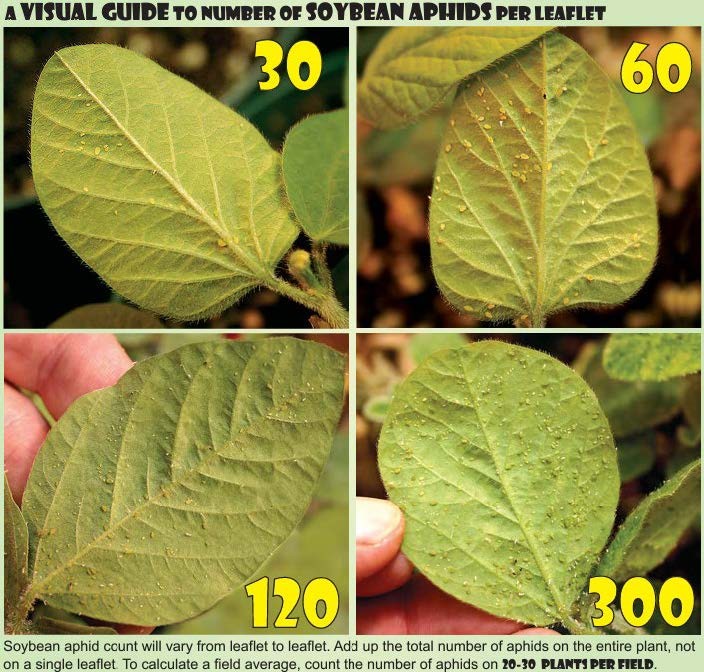
(Images adapted from R-2-2010-10M,published by the NorthCentral IPM Center,Univ Wisc-Madison)
As we reach the reproductive stages in soybean, be sure you're still on-label for your post-emergence herbicide applications. Here's a handy table from UNL: but as always, check the label of your product.
On this subject, here is a June 30 Dicamba cut-off date reminder from Mike Hunter of the CCE-North Country Ag Team:
"June 30, 2022 marks the official cutoff date for the over the top use of XtendiMax, Engenia and Tavium on Xtend or XtendFlex traited soybean in New York. Now the question that will be asked by growers is "I've planted Xtend soybeans, now what are my options?".
For soybean growers that have resistant tall waterhemp and palmer amaranth in soybeans there are other effective herbicide options available. The postemergence control of resistant tall waterhemp and palmer amaranth in all soybeans, including conventional, can be achieved by applying Reflex or Flexstar (fomesafen) or Prefix (s-metolachlor + fomesafen) or Warrant Ultra (acetochlor + fomesafen) before the weeds reach 3 inches tall. If necessary, a late rescue treatment of Cobra (lactofen) can be applied.
Unfortunately, for soybean growers that have multiple resistant marestail (Groups 2 and 9) in Xtend soybeans there no other effective postemergence herbicides to control this problematic weed without using one of dicamba herbicides. Postemergence applications of Reflex, Flexstar and Cobra, will not control marestail (see fig. 1 &2).
For growers that planted XtendFlex soybean, Liberty (glufosinate) herbicide will provide an additional option for the postemergence control of marestail under 6 inches tall. Once marestail is over 6 inches tall it becomes increasingly difficult to control. For best results, apply 32 to 43 ounces of Liberty plus 3 pounds spray grade ammonium sulfate per acre using 20 gallons water as a spray carrier to ensure adequate coverage. Hot, sunny, humid days provide ideal conditions for the application of Liberty herbicide. Consider making applications between dawn and two hours before sunset for improved control of some tougher to control weeds such as marestail. Liberty herbicide can be applied up to R1 or beginning bloom stage in soybeans.
Always read and follow label directions prior to using any herbicide. If you have any additional questions about late season soybean weed control, contact your local Cornell Cooperative Extension office."
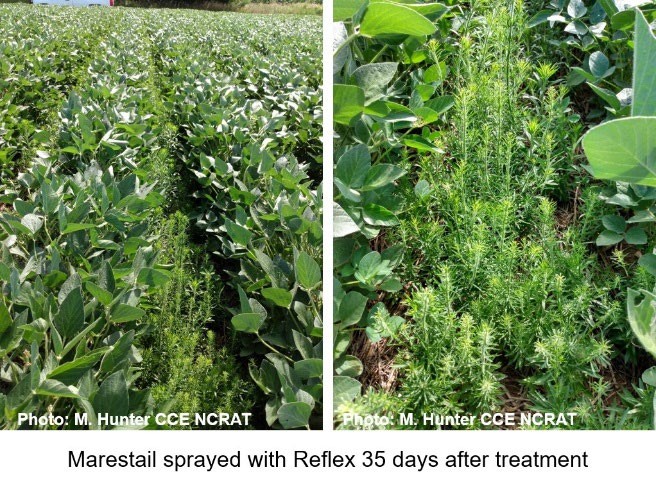
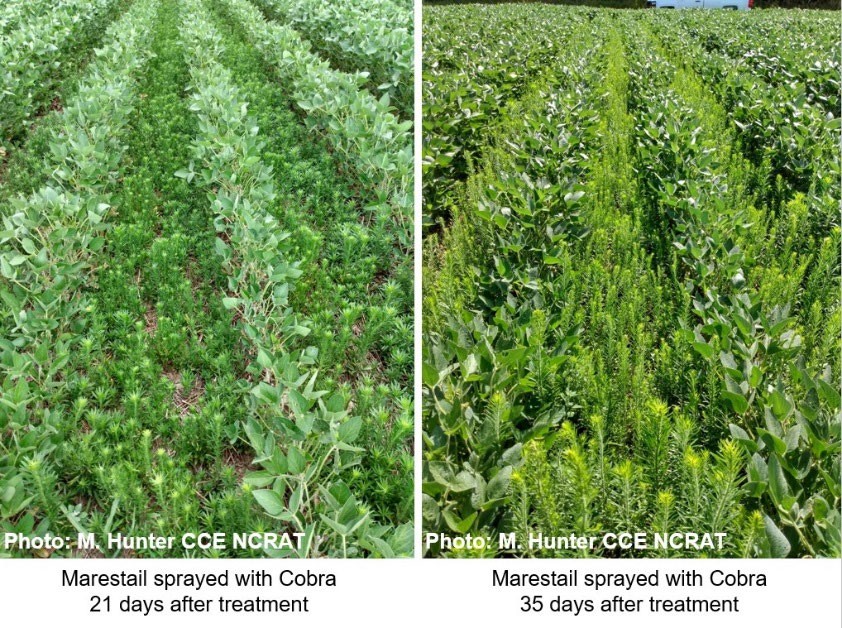
2. Growing Degree Days as of June 28th (See: Climate Smart Farming Growing Degree Day Calculator)
Growing degree days (GDD) are calculated by taking the average daily temperature and subtracting the base temperature for development of a given organism ((High + Low)/2 - base temp = GDD). For corn silage, we are using base 50/86, as corn development starts at 50 degrees F and ceases above 86. Check your location and planting date:
The earliest planting dates are seeing higher GDD than the 15-yr avg, but most planting dates in the latter half of May (and later) are seeing GDD accumulations between the 30- and 15-yr avgs (cooler than recent years). The rest of this week may turn that around and give us some warmth, but unfortunately little to no rain….
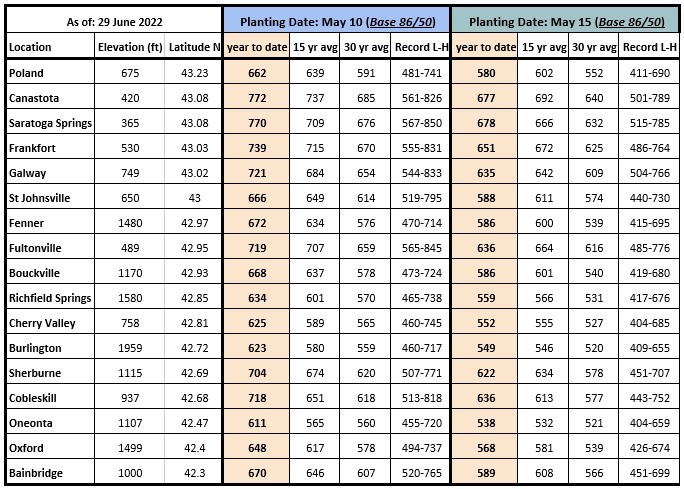
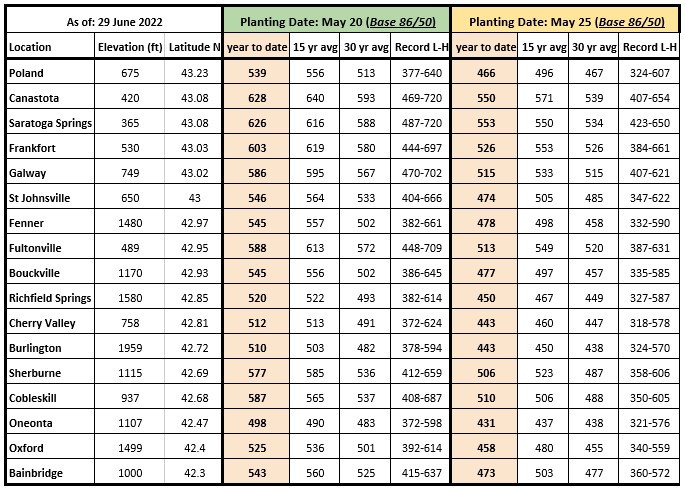
3. Pest and disease monitoring
A. Black cutworm (BCW), western bean cutworm (WBC), true armyworm (TAW) in corn.
This week, trap numbers remained low. Next week will be the last week of monitoring for black cutworm, since the threat has largely passed. Soon, we will monitor western bean cutworm and fall armyworm:

B. Potato leafhopper in alfalfa. *No action needed within a week of harvest

C. Fusarium head blight in grains. If your winter grains are flowering, now is the time to decide whether to protect crops from fusarium head blight. According to the Fusarium Risk Tool, the risk in our region is currently low (yellow) to moderate (orange) except for eastern Fulton County and east of Schoharie in the Gallupville/Berne area, as well as Herkimer county north of the Mohawk where the risk is high (red) if your crops are currently flowering:
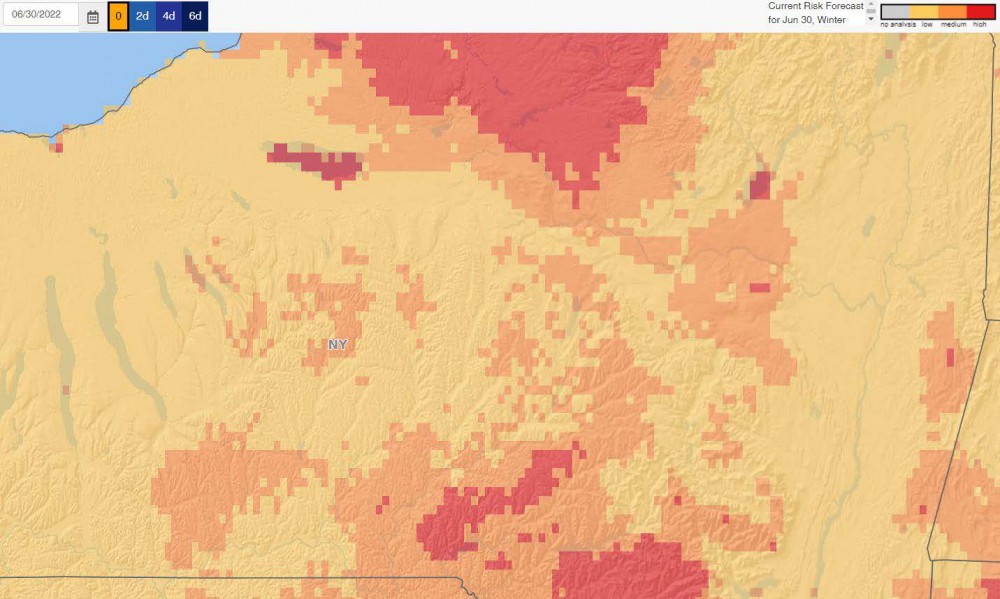
Field Crop Update June 30, 2022 (pdf; 1150KB)
Upcoming Events
2026 Dairy Day
January 13, 2026 : Dairy Day - Hamilton
Hamilton, NY
Lunch included
January 14, 2026 : Dairy Day - Ballston Spa
Ballston Spa, NY
Lunch included
I Thought I Was Covered for That! - Farm Insurance Webinar Series
January 13, 2026
January 20, 2026
January 27, 2026
February 3, 2026
February 10, 2026
Free Webinar Series
2026 Corn & Soybean Day
January 20, 2026 : Corn & Soybean Day - Hamilton
Hamilton, NY
Lunch included. 2.75 DEC Credits available
January 21, 2026 : Corn & Soybean Day - Ballston Spa
Ballston Spa, NY
Lunch included. 2.75 DEC Credits available
Announcements
Statewide Field Crop Pathology Needs Assessment Survey
Your input is wanted for identifying priorities!Sign Up for Our Weekly E-Newsletter
We send out a bi-weekly e-newsletter that has announcements, upcoming programs, and opportunities for you! Registration is quick, easy, and free. Click here to sign up today!Farmers Can Join MeatSuite For Free!
MeatSuite.com is a free resource provided by Cornell University where NY meat farmers can create a farm profile and list their bulk (wholes, halves, quarters) and bundled (i.e. Grilling Bundle) meat products.Why should farmers join?
1. It's free and easy!
2. Connect with more local customers. In the past year the MeatSuite.com farm directory had 8,300 visits from New York consumers. Farm profiles get as many as 25 views per month from potential local customers. We also spotlight MeatSuite farms on social media and bring attention and purchases to farms through highlights and giveaways.
How do I join?
Farmers can visit https://www.meatsuite.com/farmers/ to create a free farm profile. You must list at least one product for your farm's profile to go live. You'll also have access to Cornell's free Meat Price Calculator, a helpful tool for pricing your meat to make a profit.
While you're on MeatSuite, check out the "Creating Consumer-Friendly Bulk Meats" publication on the log-in page. It has tips on how to create bulk meat products that are easier for first-time buyers to say "yes" to.
If you have any questions as you create your farm profile or products, we're here to help! Please email Matt LeRoux at mnl28@cornell.edu.

